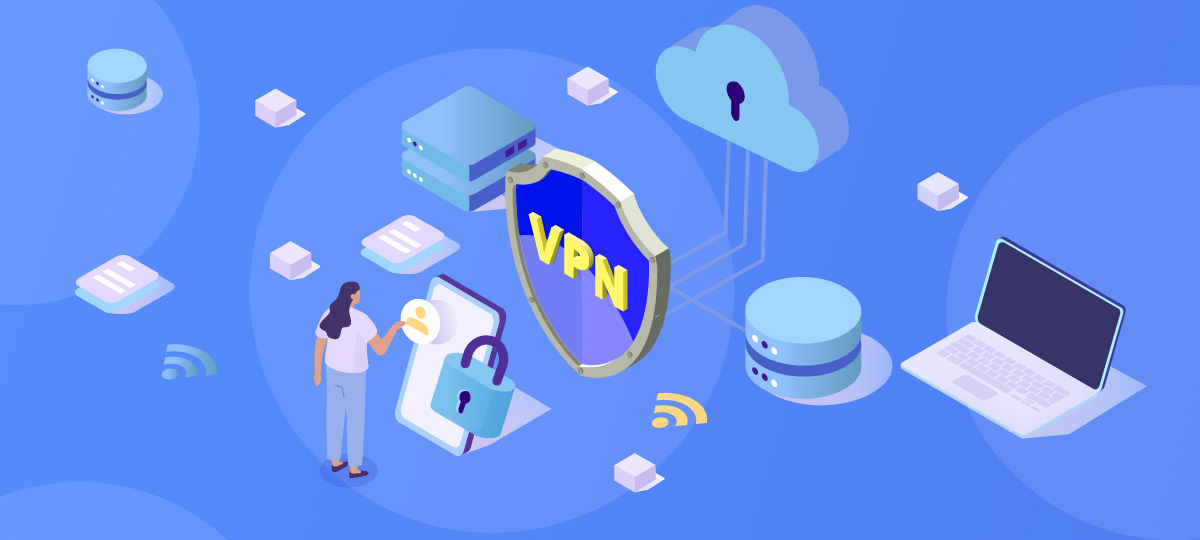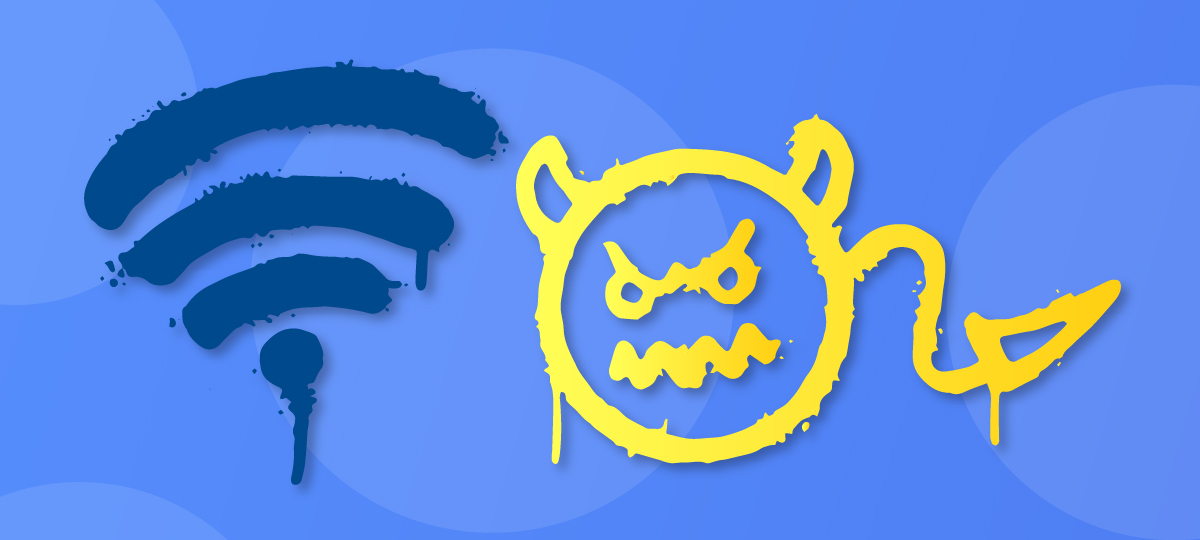
Public Wi-Fi networks have become a necessity in coffee shops, airports, hotels, and even city-wide hotspots. However, as cyber threats evolve, traditional security measures like VPNs may no longer be sufficient. This article explores the latest risks of public Wi-Fi and the additional steps users should take to stay secure.
The Evolving Wi-Fi Threat Landscape
1. Man-in-the-Middle (MITM) Attacks
MITM attacks remain one of the most significant threats on public networks. Hackers intercept communication between your device and the Wi-Fi router, potentially stealing sensitive information like login credentials and financial data.
2. Evil Twin Hotspots
Cybercriminals set up fake Wi-Fi networks that mimic legitimate ones. Once connected, users unknowingly expose their data, including passwords and banking details, to attackers.
3. Packet Sniffing and Unencrypted Data
Many websites still don’t encrypt data properly. Hackers use packet sniffing tools to capture and analyze traffic, extracting personal information from unsuspecting users.
4. Session Hijacking and Sidejacking
Attackers can hijack active sessions and gain unauthorized access to websites where users are logged in, such as social media or banking platforms.
Are VPNs Still Enough?
VPNs encrypt internet traffic, making it difficult for hackers to intercept data. However, they are not foolproof. Here’s why:
- Vulnerabilities in VPN Protocols: Some VPNs use outdated encryption methods that can be cracked by sophisticated attackers.
- Compromised VPN Providers: Free and low-quality VPNs may log and sell user data, defeating their security purpose.
- DNS and WebRTC Leaks: Even with a VPN, leaks can expose your real IP address, putting your privacy at risk.
Additional Security Measures
To enhance protection while using public Wi-Fi, consider the following steps:
1. Use a Secure Mobile Hotspot
Instead of relying on public Wi-Fi, consider using your phone’s hotspot for a more secure connection.
2. Enable Two-Factor Authentication (2FA)
Even if attackers steal your login credentials, 2FA adds an extra layer of security by requiring an additional verification step.
3. Turn Off Auto-Connect to Wi-Fi Networks
Disable automatic Wi-Fi connections on your device to prevent accidental connections to malicious networks.
4. Use HTTPS Everywhere
Ensure that websites you visit use HTTPS, which encrypts data between your browser and the server.
5. Monitor Network Traffic with Tools Like GlassWire
GlassWire helps track suspicious activity on your device, alerting you to potential security threats in real-time.
Conclusion
While VPNs remain a valuable tool for securing public Wi-Fi connections, they are no longer enough on their own. Combining a VPN with additional security measures like mobile hotspots, 2FA, and network monitoring tools ensures robust protection against modern cyber threats. Stay vigilant, stay secure!










